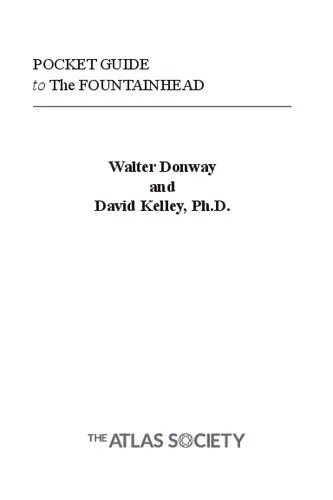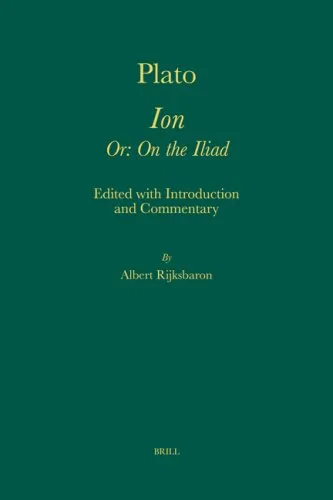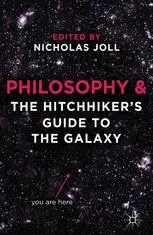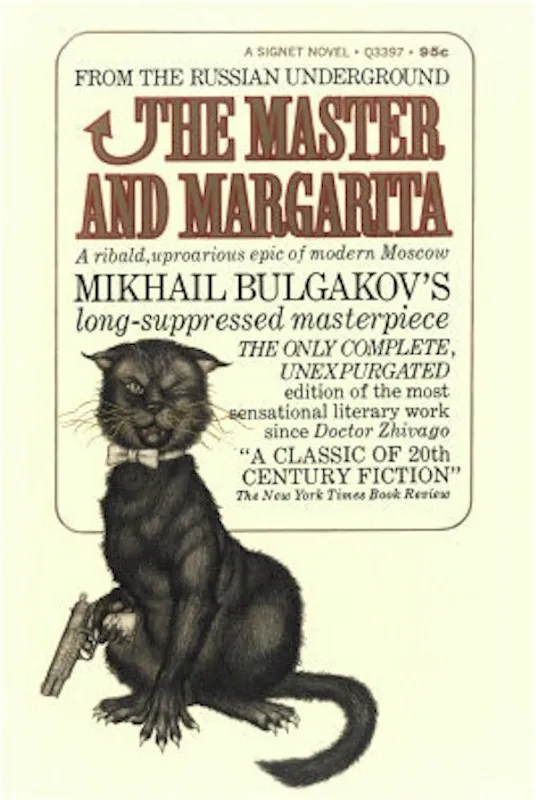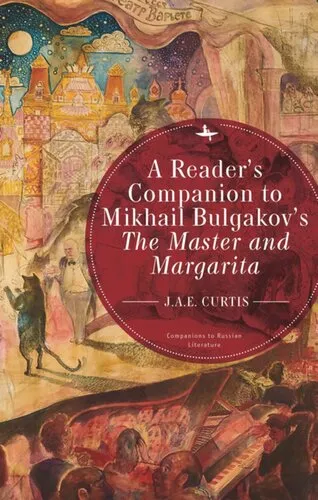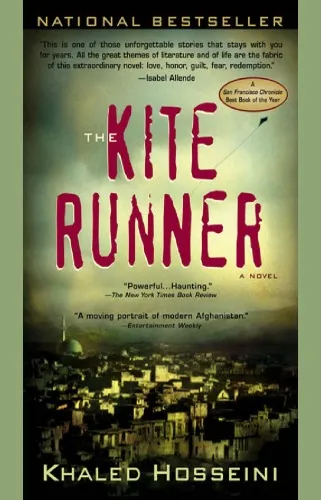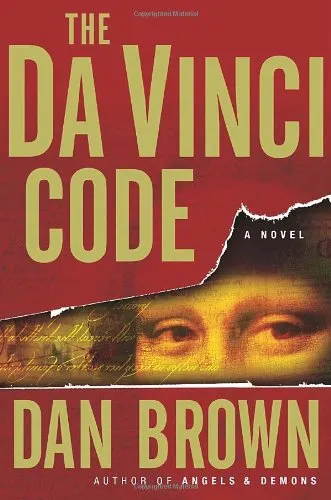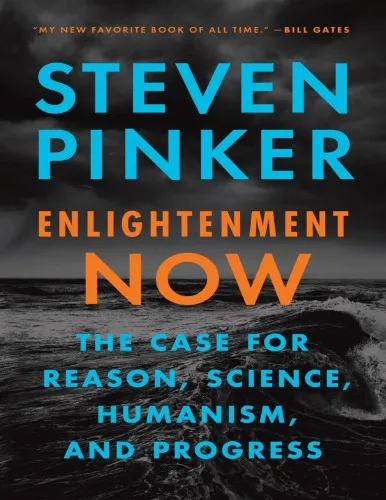Pocket Guide to The Fountainhead
1.0
Reviews from our users

You Can Ask your questions from this book's AI after Login
Each download or ask from book AI costs 2 points. To earn more free points, please visit the Points Guide Page and complete some valuable actions.Related Refrences:
Persian Summary
Introduction
Welcome to the 'Pocket Guide to The Fountainhead,' a comprehensive companion to one of the most celebrated novels in modern literature, 'The Fountainhead,' written by Ayn Rand. This guide is designed to offer readers a deeper understanding of the novel's complex themes, characters, and lasting impact. Whether you are a first-time reader or revisiting the book, this guide will enrich your experience of Rand's philosophical masterpiece.
Summary of the Book
Published in 1943, 'The Fountainhead' centers on the life and career of Howard Roark, an innovative and uncompromising young architect. As Roark struggles against conventional standards and societal conformity in the architectural field, his story explores themes of individualism versus collectivism, the nature of creativity, and the role of integrity. The novel challenges readers to consider the price of staying true to one's vision, as Roark faces personal and professional trials, often at great cost. Alongside Roark are other compelling characters, such as Dominique Francon, a passionate columnist and Roark's love interest; Peter Keating, a conforming architect who serves as Roark's foil; and Ellsworth Toohey, an influential columnist who represents collectivist ideals. Through their interwoven lives, Rand dramatizes the assertion that true achievement and happiness stem from individual creativity and integrity.
Key Takeaways
Ayn Rand's 'The Fountainhead' is more than a story about architecture—it's a celebration of the human spirit's potential to achieve greatness through individualism. Key takeaways from the novel include:
- Individualism vs. Collectivism: The novel emphasizes the moral and practical superiority of individualism, as embodied by Howard Roark, over the collectivist approach symbolized by Ellsworth Toohey.
- The Role of Integrity: Roark's unwavering commitment to his principles highlights the importance of integrity as a guiding force in achieving personal and professional fulfillment.
- The Nature of Creativity: Rand portrays creativity as an act of rebellion against conformity, suggesting that true innovation requires breaking from traditional norms and expectations.
Famous Quotes from the Book
'The Fountainhead' is renowned for its powerful and thought-provoking quotes. Here are a few that capture the essence of Rand's philosophy:
"The question isn't who is going to let me; it's who is going to stop me."
"I can accept anything, except what seems to be the easiest for most people: the half-way, the almost, the just-about, the in-between."
"To say 'I love you' one must first be able to say the 'I.'
Why This Book Matters
'The Fountainhead' continues to resonate with readers decades after its publication because it challenges fundamental conventions about human potential, ambition, and the nature of success. Rand presents a compelling argument for personal freedom, creativity, and the power of the individual. By illustrating her philosophy of Objectivism through vivid characters and engaging storytelling, Rand invites readers to consider the impact of their choices and beliefs on their lives. The novel's importance lies in its ability to inspire readers to pursue their visions with integrity and courage, making 'The Fountainhead' a timeless work with lessons that remain relevant in today's world.
Free Direct Download
You Can Download this book after Login
Accessing books through legal platforms and public libraries not only supports the rights of authors and publishers but also contributes to the sustainability of reading culture. Before downloading, please take a moment to consider these options.
Find this book on other platforms:
WorldCat helps you find books in libraries worldwide.
See ratings, reviews, and discussions on Goodreads.
Find and buy rare or used books on AbeBooks.
1529
بازدید1.0
امتیاز0
نظر98%
رضایتReviews:
1.0
Based on 0 users review
Questions & Answers
Ask questions about this book or help others by answering
No questions yet. Be the first to ask!
